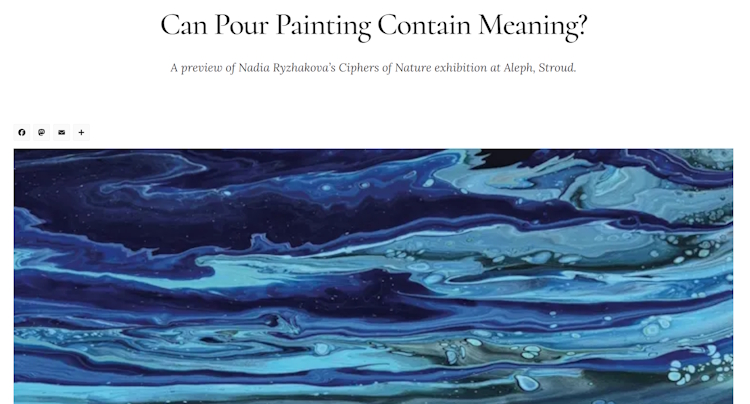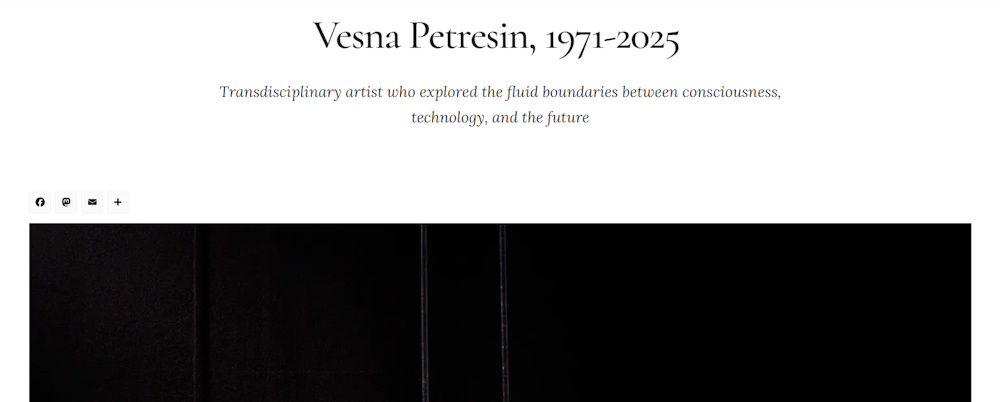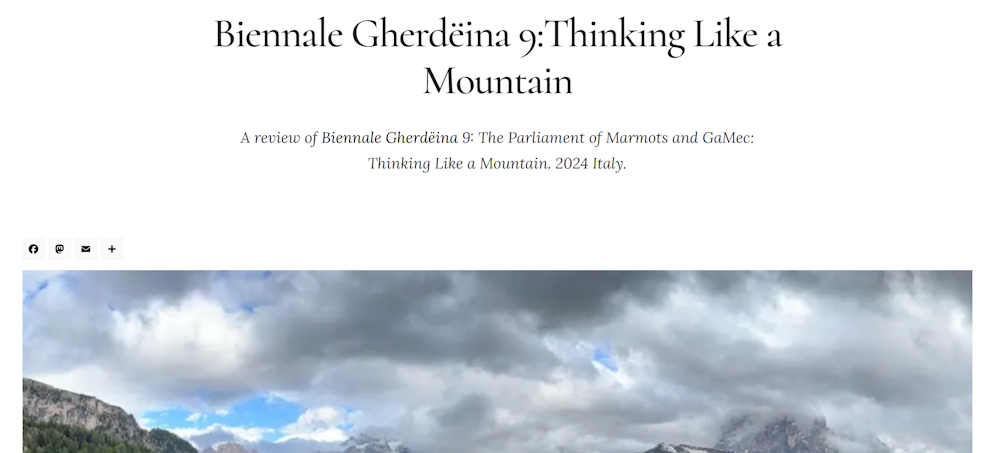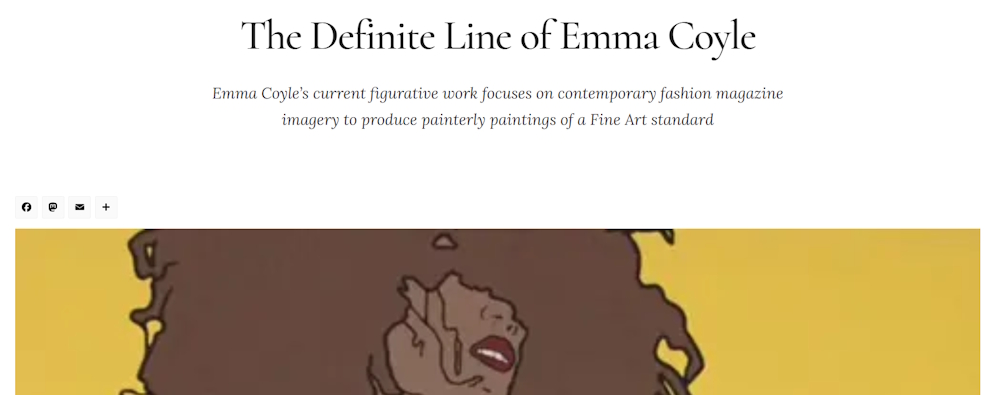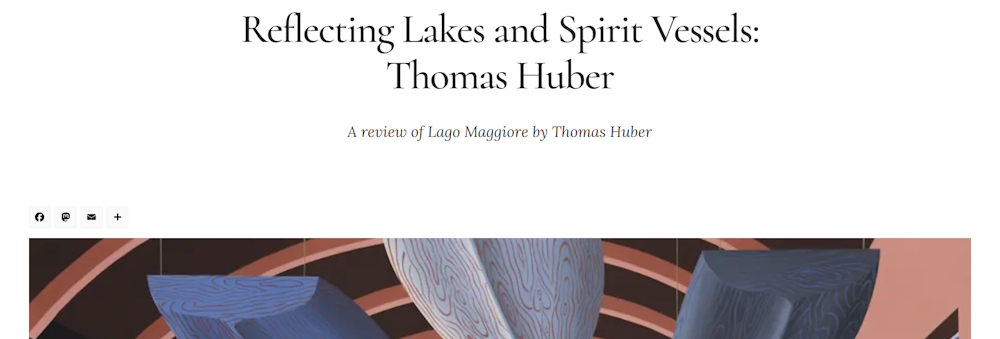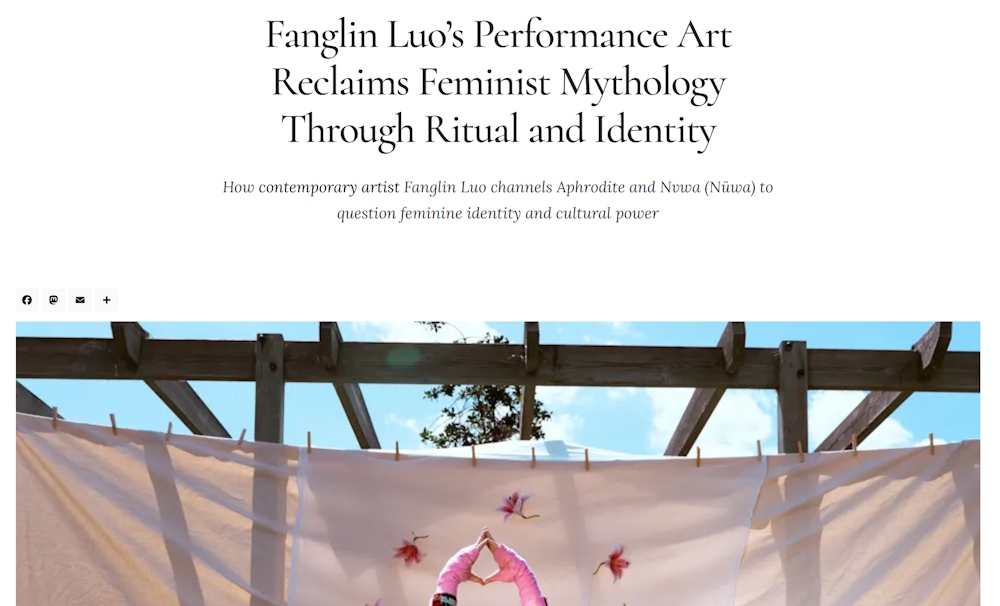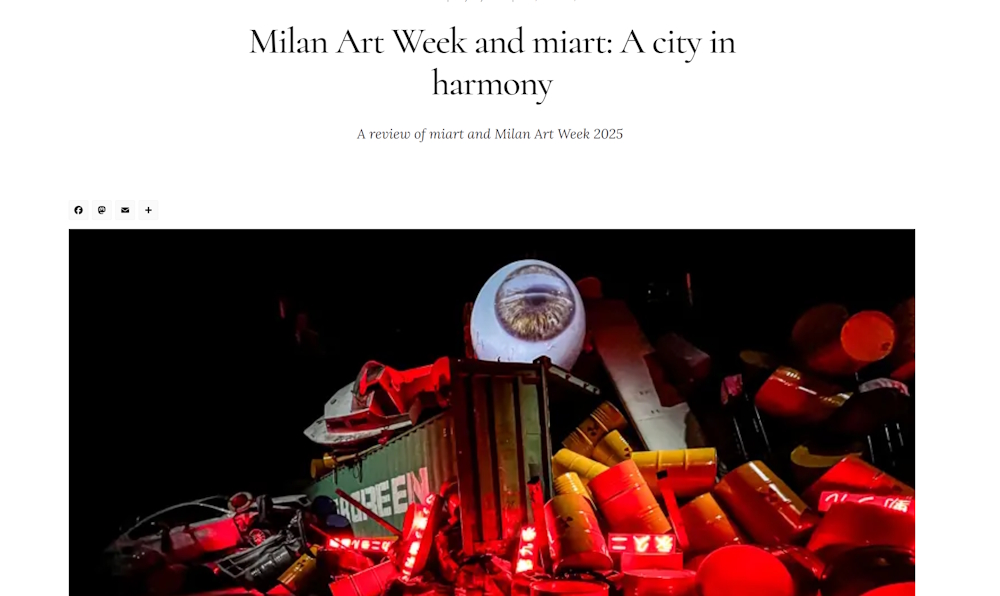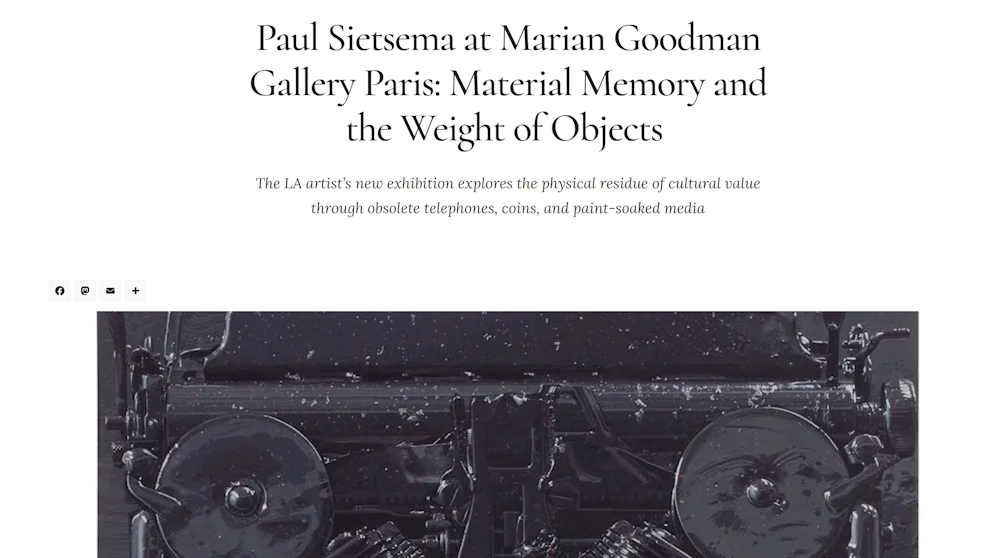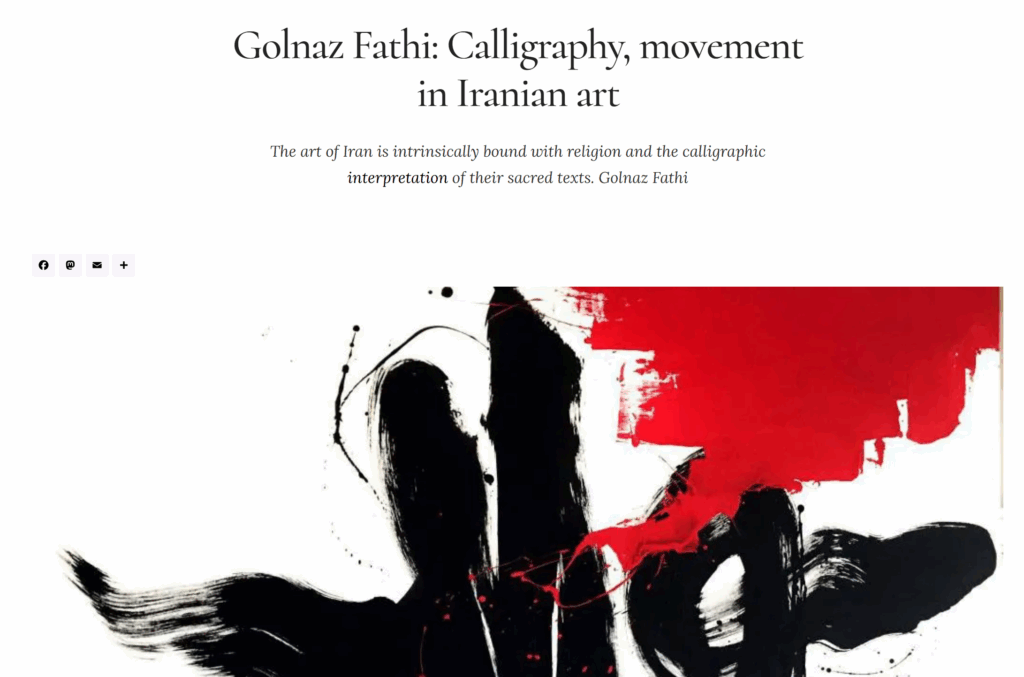A preview of Nadia Ryzhakova’s Ciphers of Nature exhibition at Aleph, Stroud.
“The works explore hidden patterns in nature. Ryzhakova begins each painting by pouring liquid colour onto the canvas. Gravity, air and chance shape the paint. The results evoke river deltas, tree branches, cloud formations, moss textures.
She refers to the Chinese concept of Li — inherent rhythms of leaf veins, water ripples, stone crystals. The move from chaos to order is central. Once the paint dries into one fixed surface, she steps in. She does not impose structure but translates what emerges. Often children appear in these scenes, representing curiosity and the capacity to see wonder in what others might call randomness.
Each canvas is a journey from fluid formlessness to form, from abstraction to narrative. Viewers are invited to observe nature’s unseen forces and recognise in those patterns something universal and human.”
